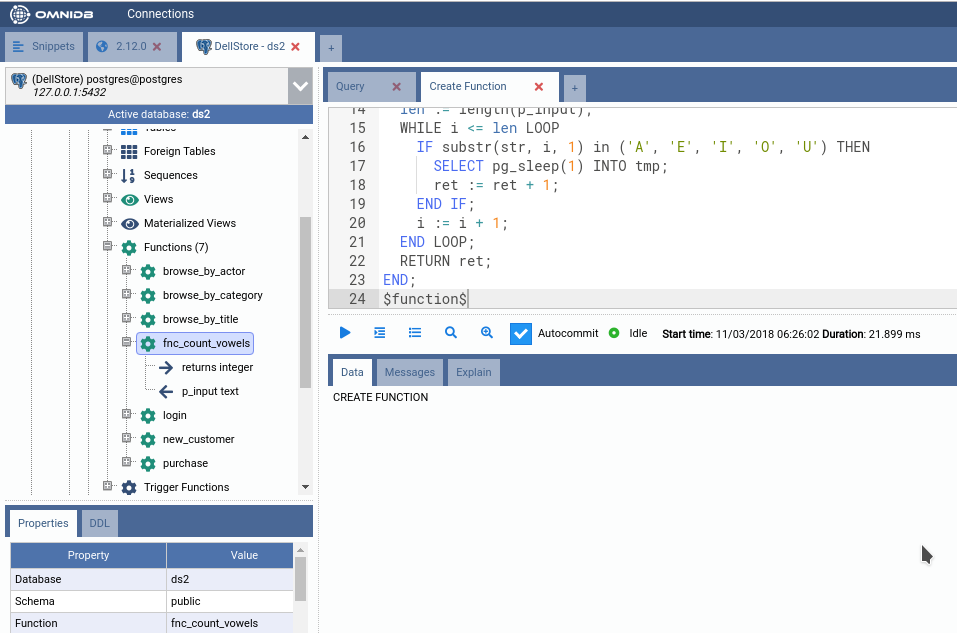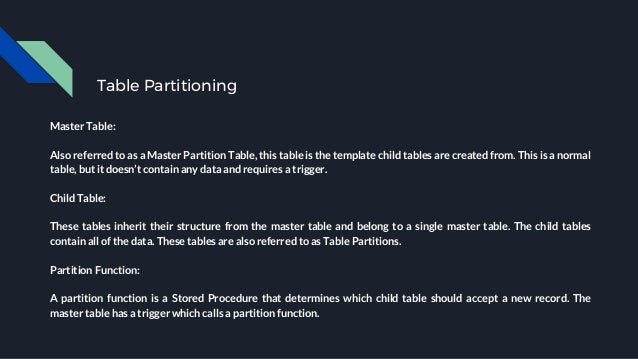


To address the limitations of a large SQL table, you can consider using database sharding, which involves partitioning a large table into smaller, more manageable chunks across multiple machines.

You can also monitor the size of the table over time to see how quickly it is growing.
Database sharding postgresql software#
To identify the issues with a large SQL table, you can use tools such as database monitoring software or query analysis tools to track performance metrics such as query response time, disk usage, and memory consumption. Increased Storage Requirements: A large table can take up significant disk space and memory, making it difficult to manage and backup.ĭifficulty Scaling: It can be difficult to scale a large table horizontally (i.e., adding more machines) or vertically (i.e., increasing machine resources) to meet growing demand. Slower Query Performance: As the table grows, query performance can degrade significantly, leading to slower response times and a poor user experience. When storing a large number of records in a single SQL table, several issues can arise, such as: Limitations of Storing a Large Number of Records in a Single Table:


 0 kommentar(er)
0 kommentar(er)
